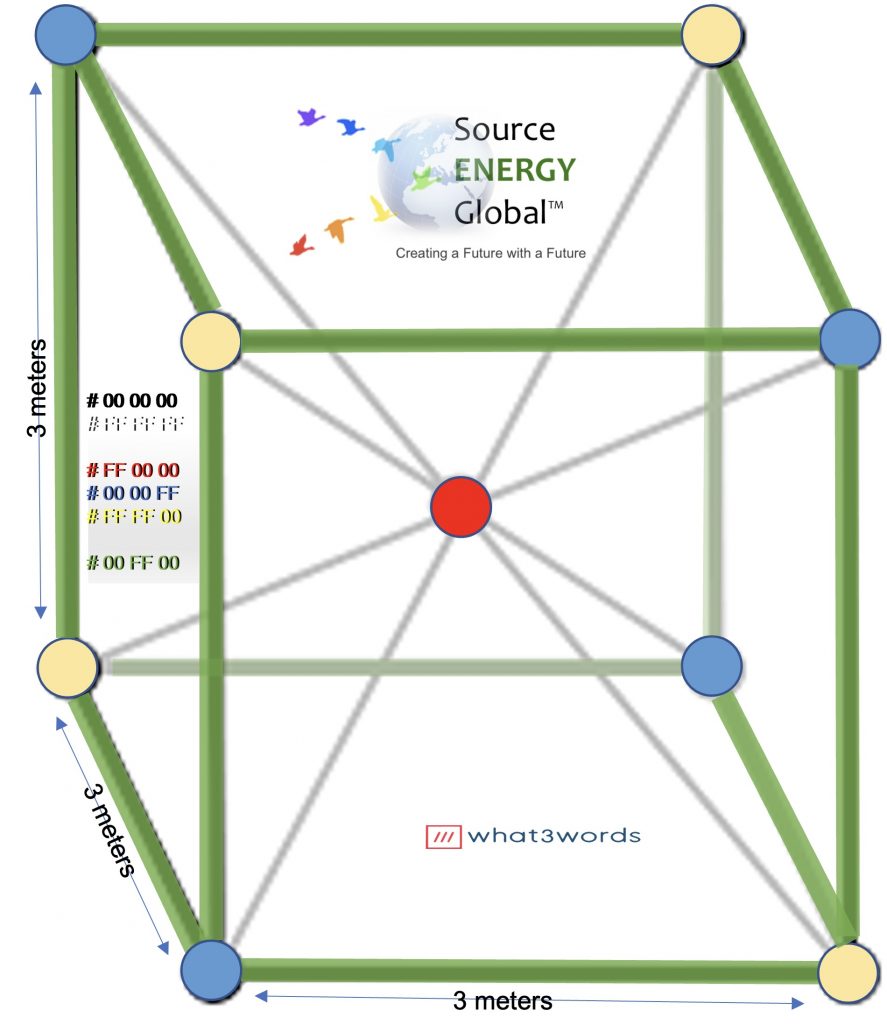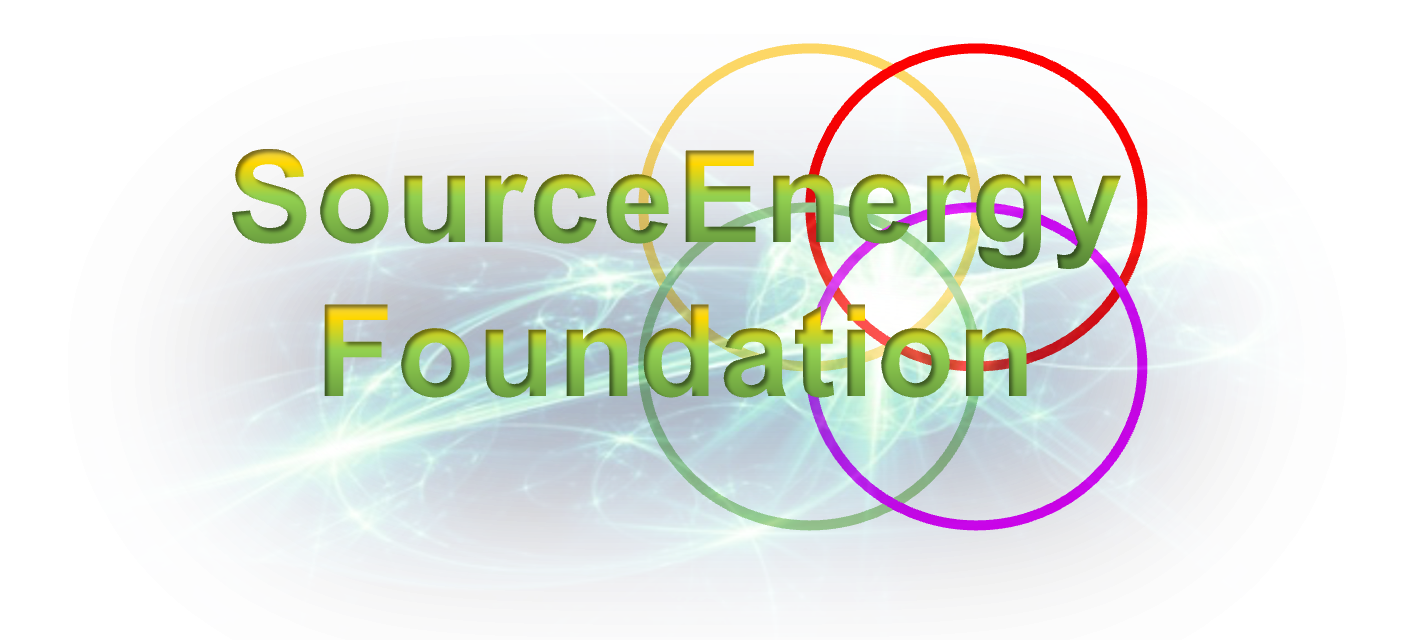29. Filtering Water With Acoustic Nanotube Technology29.
| 29 | MSC-TOPS-29 | Filtering Water With Acoustic Nanotube Technology |
Dear Dr. Oliver Jones,
The innovation of Filtering Water With Acoustic Nanotube Technology presents a compelling case when viewed through the lens of the Wealth Ecology Model. It particularly touches upon the fundamental aspects of Energy, Technology, Community, and Education, all of which are pillars for fostering sustainable wealth in a harmonized ecosystem.
Wealth Ecology Model Framework:
- Energy: Water purification typically demands significant energy, making the search for energy-efficient alternatives a crucial endeavor. Acoustic Nanotube Technology shows promise in this domain. By using acoustic methods for water purification, it’s plausible to achieve a high level of efficacy with lower energy input compared to traditional methods. This efficiency is inherently aligned with the ‘Energy Wealth’ criteria of the Wealth Ecology Model, which advocates for technological solutions that are not just effective but also sustainable from an energy consumption perspective.
- Technology: This innovation stands at the crossroads of nanotechnology and water purification—two sectors that are individually complex and collectively synergistic. The integration of these technologies offers a robust model for ‘Technological Wealth’ as per the Wealth Ecology Model. It could pave the way for advancements in each of these sectors and stimulate additional innovations that contribute to an integrated technological ecosystem.
- Community: Ensuring access to clean water is a foundational aspect of community well-being, thus aligning with the ‘Community Wealth’ component of the Wealth Ecology Model. The potential of this technology to purify water in an energy-efficient manner has significant implications for community health. Moreover, it can contribute to broader social aspects like reducing healthcare costs linked to waterborne diseases and improving the quality of life at a community level.
- Education: Finally, the technology offers ample opportunities for educational enrichment, satisfying the ‘Educational Wealth’ element of the Model. Courses in environmental science can be augmented to include this groundbreaking technology, and specialized programs can be developed in nanotechnology with a focus on its applications in water purification. This will not only provide hands-on experience to students but also create a more knowledgeable and skilled workforce capable of contributing to technological advancements.
In essence, Filtering Water With Acoustic Nanotube Technology embodies the integrated, synergistic approach to wealth creation and community well-being that the Wealth Ecology Model envisions. It serves as an illustrative example of how technological innovation can be holistically designed and implemented to enrich multiple facets of life, from energy efficiency and technological advancement to community health and educational empowerment.
Respectfully, SourceEnergy Group R&D

